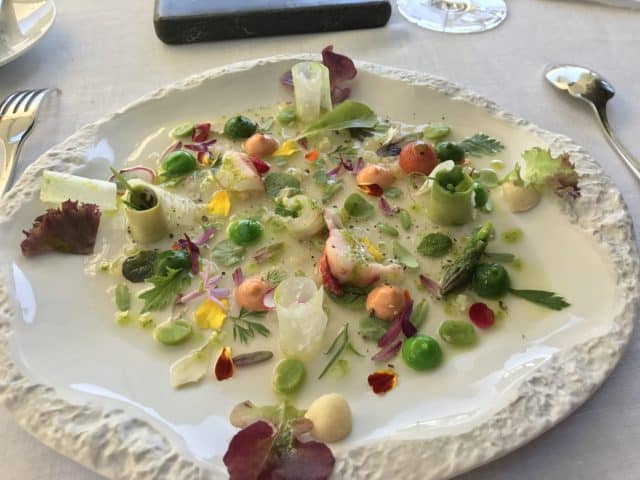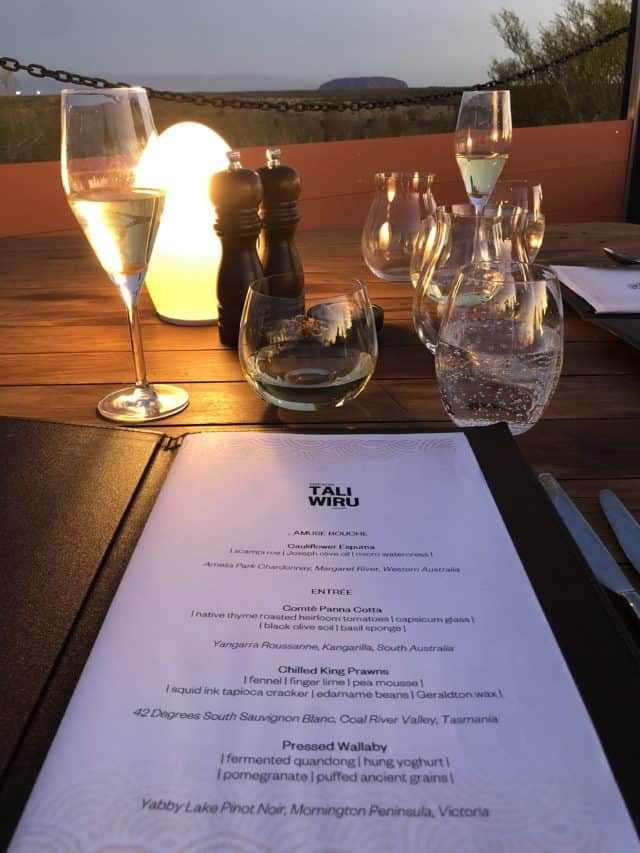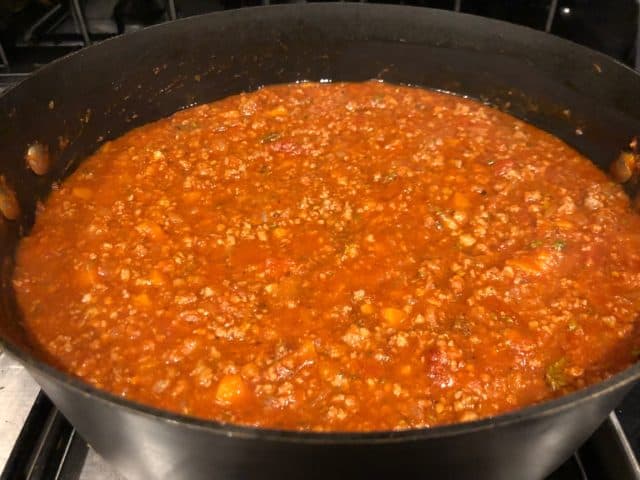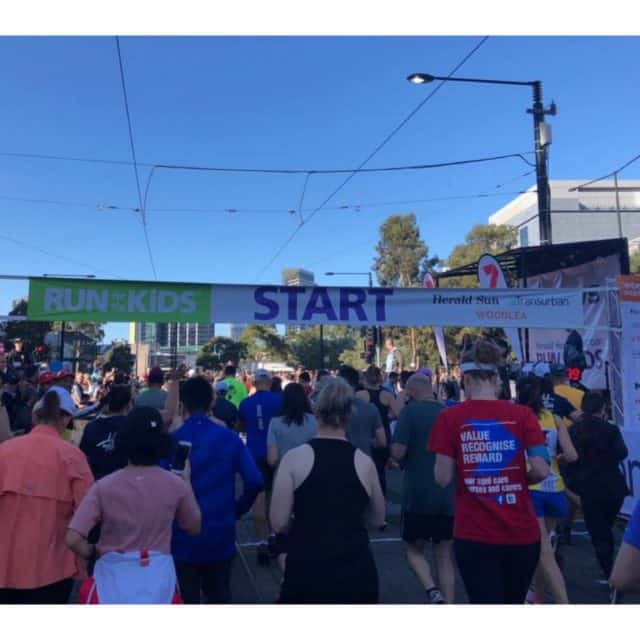
I am a self confessed foodie!
Not really sure what the official definition of a foodie is but I LOVE food, glorious food.
And eating good food.
I also enjoy cooking and baking.
Plus I will seek out food experiences, gourmet or otherwise, especially when I travel. Heck, I have rejected destinations based on my inability to book a certain restaurant. Or conversely, I have booked restaurants before I booked my flights.
It can be an expensive ‘hobby’ … which is why I need to look at my food expenses, if I am serious about pursuing FI.
Sigh! I know one of the FIRE principles is to reduce food costs (after housing and transportation) to as little as $2 a meal.
As I have previously written on this blog, my other love is travel. I may be able to travel less on my way to FI but … food?? You want me to sacrifice my food???
Why is food important to me?
Besides keeping me alive, that is.
Festivals & celebrations
All through my childhood, food was an integral part of my life, ever present whenever we celebrated anything – cultural festivals, milestones, birthdays, anniversaries and so on. I learned this from a very young age, from my grandmother, mother and aunts.
Certain food is eaten on certain festivals. For example, we eat mooncakes during the Mid Autumn Festival – delectable sweets with a rich filling of typically lotus seed paste or red bean paste with a thin crust. These are not eaten or even available at any other time of the year.
There were sometimes days of preparation, anticipation building until the actual day arrived when family and friends gathered to eat the special meal together.
An example is Chinese New Year – the house must be spring cleaned; children get new clothes; travel arrangements made for family members to gather on New Year’s Eve for a ‘reunion’ dinner.
Then the night is here. Dishes abound – braised duck in a thick dark soy sauce with ginger, galangal, bean paste as its base; steamed whole fish with ginger and spring onions; soup with abalone and chicken; sea cucumber with ‘hair vegetable’, a sea moss. Sharing these dishes with family and friends signify good luck, health and abundance for the coming year.
As children, it is an immensely exciting time – amidst all this preparation and feasting is the anticipation of red packets filled with money given by married adults, a potential windfall.
Everyday meals
Daily meals are still executed with love and care. Even though my Mum did shift work, we still ate a lot of home cooked meals. She only shopped weekly at the local wet market whereas my grandmother would go daily. I learned how to look for the freshest fish, what cut of meat to buy, which stall had the best tofu, which fruits were in season.
My highlight of the day was to eat breakfast at the hawker stalls as my reward for helping them carry bags of food. I could choose from soupy dumpling noodles, fried flat rice noodles with bean shoots, fish cake and egg, Hainanese chicken rice – I could go on and on. This was our version of fast food.
Then we moved to Australia
I came to Australia initially by myself and lived at boarding school in a regional city for high school Years 11 and 12. I discovered meat pies, sausage rolls, meat and three veg meals, pizza, farm fresh full cream milk. Two minute noodles to supplement sometimes meagre rations also feature prominently.
After high school, I moved to Melbourne for my tertiary studies. Australia is a multi cultural country and this is best reflected in the various cuisines available, especially in Melbourne. I was in heaven. For the first time, I tasted Italian, Greek, Thai, Vietnamese, Indian, Japanese, Turkish, Spanish, French and Korean food. And DESSERTS, pastries, cakes …
Once again, food plays a significant role in my life – in conversations in a new country, exchanging recipes with new friends and colleagues, exploring a new cuisine in restaurants. In my experience, sharing a meal with someone breaks down barriers. Suddenly that colleague with a frosty demeanour lights up when you ask about her lunch at the shared work kitchen.
We establish new rituals in a new country based on what we know from our former lives. My parents now retired, shop at bustling Asian food centres for fresh food and Asian staples. Not quite the same as a wet market in Asia but close enough. The produce is fresher and prices are definitely cheaper than the supermarkets.
Even though my mum has dementia now, she still cooks once a week. Sadly her repertoire of dishes has shrunk considerably and she will repeat the same dishes weekly. But it is still very important to her to nurture us. She refuses to let me bring any cooked dishes when I join them for dinner once a week.
My food expenses
I had no idea how much I spend on food and food related items. (Or anything else, for that matter – until I started tracking my expenses.) All I knew was that I was happy to spend on food. And that spending on food made me happy.
Once upon a time, I subscribed to food magazines and bought recipe books regularly. Now I don’t have any subscriptions – stopped mainly because I just don’t have time to read them, let alone cook something from their beautifully photographed pages. And it was a hassle to store them or get rid of them.
My other weakness is cooking utensils and baking paraphernalia. I have everything under the sun – pots and pans in various sizes, rice cookers, juicer, pressure cooker, steamers, paella pan, mussel pot and so on and so forth. Now, I pause before buying anything new for the kitchen. And really, I have everything I need.
So without further ado, my 12 month results are in.
I spent a total of $6321 on food from March ’18 to February ’19 inclusive. For a single person. That is an average of $121 per week or $5.76 per meal.
Yikes! That is nearly 3 times more than some FIRE bloggers’ ideal of $2 a meal per person.
What is included?
This amount includes my groceries in the earlier months as everything I bought from the supermarket was just lumped in one category. Until January when I started to list items and separate out the food component. So the figure could be artificially high as a result.
Eating out in restaurants, having take away food, bought lunches, coffees and food consumed during holidays are included plus all food cooked at home.
It includes celebratory meals with family and friends, Christmas and Chinese New Year being the most expensive examples.
What is not included?
I did not include ingredients bought to make food as Christmas gifts or food items such as a cheese platter to bring to dinner at someone else’s house.
Some analysis …
Four months stood out – March, October, December & February together accounted for a little over half the year’s total spend.
March ’18 – the first month of tracking expenses – came in at the highest at a whopping $974! This was due to bought lunches at work, take away coffees, takeaway meals (Friday nights are bad!) I also had a weekend away in country Victoria to attend a wedding and ate out for every meal that long weekend.
October ’18 – third highest spend at $786. This is easy to account for – my fine dining experience under the stars in Uluru (remote Central Australia) was $375 – I loved, loved this magical experience so no regrets at all.

December ’18 – second highest spend at $836. It’s Christmas – what can I say? I host our family Christmas lunch at my house. This year I served home made beetroot and gin cured salmon, oysters, barbecued prawns, home cooked ham from scratch that took 12 hours in the oven, verjuice roasted turkey breast with lemon and pistachio stuffing …. a reduced menu since I acknowledged my stress levels at Christmas.

Besides Christmas lunch, there were also other dinners at my house as overseas family members were visiting. I spoiled them with lobster noodles, scallops and expensive exotic fruit like durian.
February ’19 – fourth highest at $685 – another big festival month. Chinese New Year was celebrated with a home cooked dinner with my closest friends. We had all the usual suspects to bring good luck for the coming year – raw salmon salad, eight treasure duck, steamed whole fish, taro and pork belly, abalone and chicken soup, sea cucumber, mushroom & sea moss, oysters and lobsters.
On further reflection …
Since I started tracking expenses, my most expensive months were months where we had big celebrations – when I had family and friends over for dinner.
Or when I travel as that is the time I indulge in fine dining experiences. I did not travel overseas at all last year so expenses were actually lower than usual.
Also, although I cook for myself, I do share some meals with my friends at work. I will bring in extra portions for my mates if I cook something special for example, if I make osso bucco or a large batch of fried rice.
There is good news – my March ’19 food expenses was $277 – contrast that with March ’18 at $974! Even accounting for the fact that I did not attend any weddings in country Victoria this March, I must have learned something along the way …
Lessons learnt
(1) The very act of recording my expenses makes me aware of what I am spending on.
And being confronted with the results just makes me want to do better, even though sometimes it makes me depressed.
(2) The cost of eating out at cafes, restaurants or having take away meals or coffee (my particular weakness) quickly add up.
While I may indulge in the occasional cappuccino or meal especially when I am out with friends, I have drastically cut down on this category.
My daily coffee habit used to cost me $3.80 – $4.00 per cup, sometimes twice a day. Now I make my own coffee at home with a stovetop moka pot and beans from my favourite roaster, costing me 85 cents per cup. I know I can reduce this cost even further if I drink instant coffee and buy it in bulk when it is on sale. But hey, I gotta live, you know?
(3) Stress and being time poor are mortal enemies number 1 and 2.
I am just not in the mood to cook for myself when I come home late from work, stressed and exhausted.
To this end, I try to meal prep once a week and cook on the weekends. But on busy weekends, when social events are aplenty and I am feeling stressed because I really should be researching for upcoming travels (I know, first world problems) and … and … the excuses mount up.
I make sure I cook at least one dish that I can take to lunch for the next few days then hopefully be able to cook another dish one week night. It is a successful weekend if I can cook two to three dishes for the week ahead.
Oh, and have a repertoire of meals that you can rotate so it doesn’t kill your brain cells to keep coming up with new meals or recipes. Until you get sick of eating the same dish, of course. Then it’s time to do some more research 🙂
(4) Be organised. And think about your week ahead.
Are there any days where you’ll be out of the office? Sometimes I visit aged care facilities and will not have a microwave to heat up my lunch which means I need to take a sandwich or salad or at the very least, fruit to tie me over till I return to the office.
(5) Have back up meals.
For me, that is two minute noodles – it doesn’t take any time at all to cook up and can even be nutritious by adding an egg (or two) plus lots of vegetables.
I love freezing a portion or two of bolognese sauce, zucchini slices, hearty soups etc. There will be days / nights when even cooking two minute noodles is a pain.

And frozen home made chicken stock is my best friend. I once attended a cooking class where the teacher advised us “you career women, it’s easy to make chicken stock at night when you come home – let it simmer while you watch TV or do it on a weekend then freeze” She was right.
It costs $1 or $2 for a bag of bones (3 to 5 frames) – add 1 to 2 carrots, 2 celery sticks (freeze the rest in a container), an onion or two, peppercorns, water; bring to the boil then simmer for 2 hours or more. Strain and divide into portions.
One of my favourite ways of using it is to make soupy noodles Asian style – add your choice of protein and some vegetables and voila, a delicious and healthy meal.
(6) I am a creature of habit and therefore frequent the same shops, supermarkets for my food ingredients.
Sometimes it pays to check out if there is a cheaper source. For example, I know I can get cheaper and fresher produce if I visit the Asian food centre a little farther away but the stress of looking for a car park and fighting crowds put me off.
But I will absolutely go there if I am cooking for more than just me for the week ahead. The savings do add up. So maybe it’s time for me to make this a habit rather than the exception.
(7) Don’t throw any food out
Use up everything in your fridge or pantry before buying more (unless they are non perishables and on sale). Once upon a time, I would not hesitate to buy exotic ingredients to create a recipe – and be left with the excess which eventually I would throw out. These days, I am more mindful.
(8) I discover I am ok to eat basic but tasty meals during the week
I used to have a choice of food for breakfast – bread, various spreads, yoghurt, cereal. Now I just eat my rolled oats with local honey – cost less than 20 cents a meal. Plus it takes away decision fatigue.
And leave indulging in fine dining experiences when I travel or for special occasions.
I absolutely love trying different foods when visiting other countries so I will not be giving up on this. The joy it brings me as I remember the meals as if it were yesterday!
But if I eat cheaply at home for the majority of the time, then hopefully it will all even out.
Final thoughts
I may be a self confessed foodie who enjoy eating good food and sharing my meals with others. But is it compatible with my wanting to achieve FI?
I think the answer is yes. Even though I may never be able to achieve $2 a meal if I factor in fine dining experiences. But if I concentrate on meal prepping, reducing my ingredients cost and keeping my eating out at a minimum, I am well on my way.
How about you? Do you love something that is an expensive habit or hobby? How do you adjust on the way to FI? Let me know in the comments!



